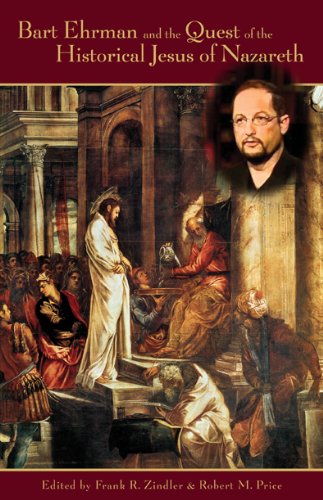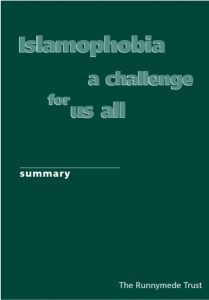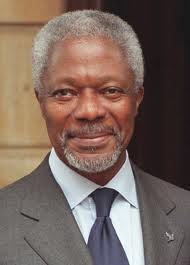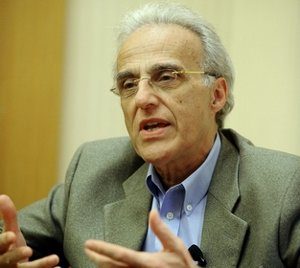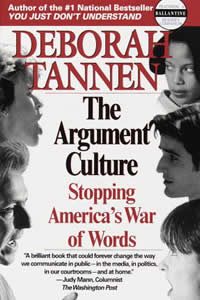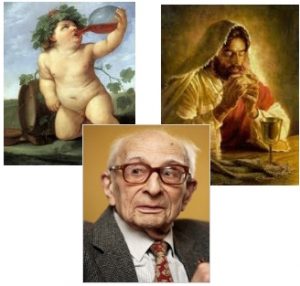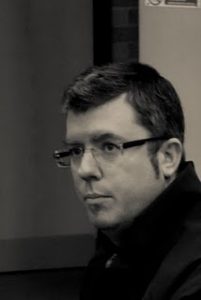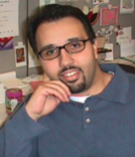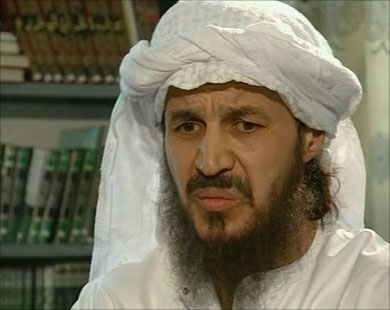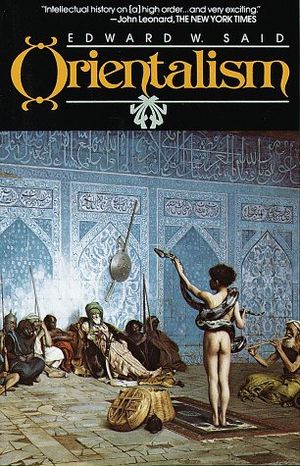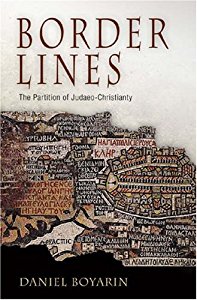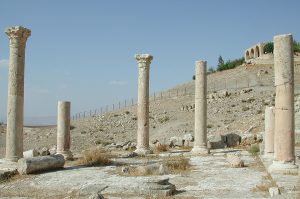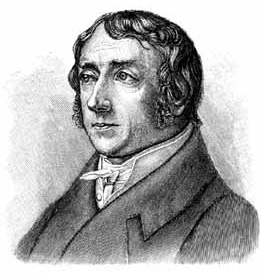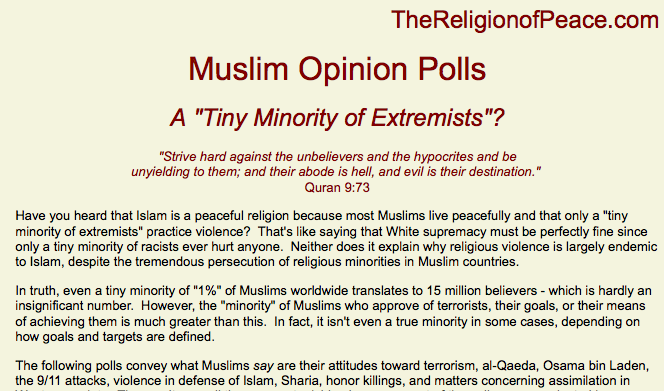Richard Carrier, PhD, has essentially endorsed Tom Verenna’s “scathing review” of Bart Ehrman and the Quest of the Historical Jesus with one caveat: his complaints “may be a little excessive.” (I discussed earlier the blatant “wrongness” of Verenna’s review.) But we must stress that Verenna had only praise for the contribution from Dr Richard Carrier.
Carelessness with people’s reputations
Carrier (with a PhD in ancient history from Columbia University) reinforces Verenna’s ethical discomfort that Frank Zindler chose to publish email correspondence between himself and Ehrman:
Verenna raises some valid concerns worth mulling, such as about Zindler’s use and publication of his correspondence with Ehrman.
Thus even Dr Carrier demonstrates that he is not as thorough in the reading of what he is reviewing as he should be. He, like Verenna, quite overlooked Zindler’s own note at the point of introducing this email exchange:
I thank Professor Ehrman for graciously having granted me permission to reprint here his messages, provided only that I “acknowledge that they were emails, not written intended for publication.”
Because of their careless oversights (accompanied, one must presume, with a lack of interest in seriously checking to see if their grounds for darkening Zindler’s character were real) both have recklessly cast slanderous aspersions upon the integrity of Frank Zindler.
[The nature of the emails and how Frank used them are outlined in a comment below.]
Academic professionalism or strictly business?
One might wonder about the professionalism of a scholar who publishes a scathing review of a book to which he has contributed and advises his readers they are better off not bothering with it. (Professionalism, in my view, extends to treatment of one’s colleagues as much as it does to how one approaches one’s job.) But Dr Carrier clears the air on this point at the outset of his review. His relationship with the other contributors of this volume, and in particular with its editors, is entirely a business one. He stresses that he sold the rights to his article to them so they could make use of it: Continue reading “Richard Carrier’s Review of Bart Ehrman and the Quest of the Historical Jesus”

